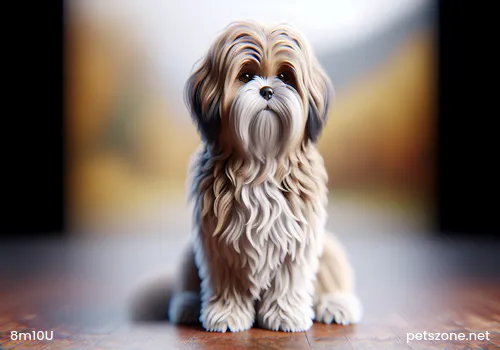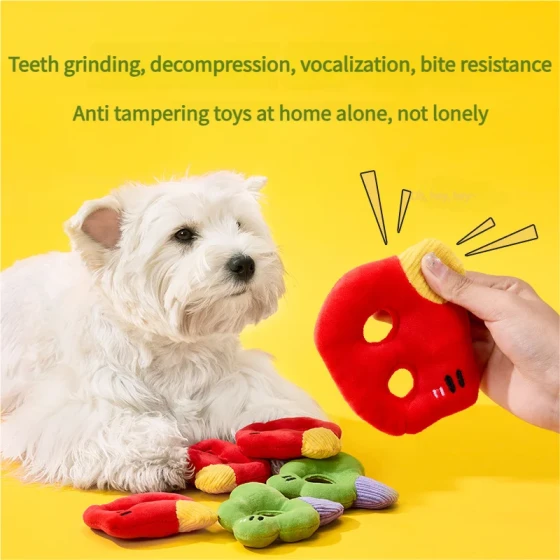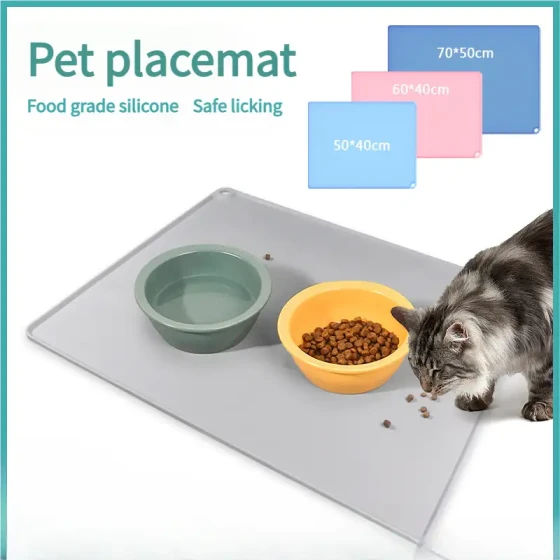Dog's Unique Digestive System Characteristics

Dog
Dogs belong to the order Carnivora in animal taxonomy. Their ancestors mainly hunted small animals, occasionally using tuberous plants to stave off hunger. After domestication by humans, their diet changed, becoming omnivorous with a focus on meat, though they can survive on a vegetarian diet as well. Nonetheless, they still retain digestive characteristics primarily suited to meat consumption. For example, dogs have a pair of sharp canine teeth on the upper and lower jaws, reflecting the carnivore's skill in tearing prey. Their molars are also relatively sharp and strong, capable of cutting food. When gnawing bones, the pressure between the upper and lower teeth can reach 165 kilograms, but dogs are not good at chewing. Therefore, dogs truly "wolf down" their food with very little chewing.
The esophageal wall of dogs is rich in striated muscle, and their vomiting center is well developed. When ingesting poison, they can trigger a strong vomiting reflex to expel the toxins from the stomach, a relatively unique defense mechanism. Dogs' salivary glands are well developed, secreting a large amount of saliva to moisten the mouth and food, facilitating chewing and swallowing. Saliva also contains lysozyme, which has an antibacterial effect. In hot seasons, dogs rely on moisture evaporation from saliva to dissipate heat and regulate body temperature. Therefore, in summer, we often see dogs opening their mouths wide and sticking out their long tongues to replace sweating for heat dissipation. The dog's stomach is obliquely pear-shaped, and the hydrochloric acid content in gastric juice is 0.4–0.6%, the highest among domestic animals. Hydrochloric acid causes proteins to swell and denature, making them easier to decompose and digest. Thus, dogs have a strong ability to digest protein, which is the basis of their carnivorous habit.
Dogs can empty their stomach contents within 5–7 hours after eating, much faster than other herbivorous or omnivorous animals. Their intestines are relatively short, generally only 3 to 4 times their body length, whereas similarly single-stomached horses and rabbits have intestines 12 times their body length. Dogs have thick intestinal walls with strong absorption capacity, typical carnivore traits. Their liver is relatively large, about 3% of body weight, and secretes bile that aids fat absorption. The defecation center of dogs is underdeveloped, so unlike other domestic animals, they cannot defecate while walking.
Dogs digest and absorb proteins and fats well, but due to insufficient chewing and short intestines without fermentation capability, their ability to digest crude fiber is poor. Therefore, when feeding dogs vegetables, they should be chopped and cooked, rather than fed in whole pieces or entire plants.



